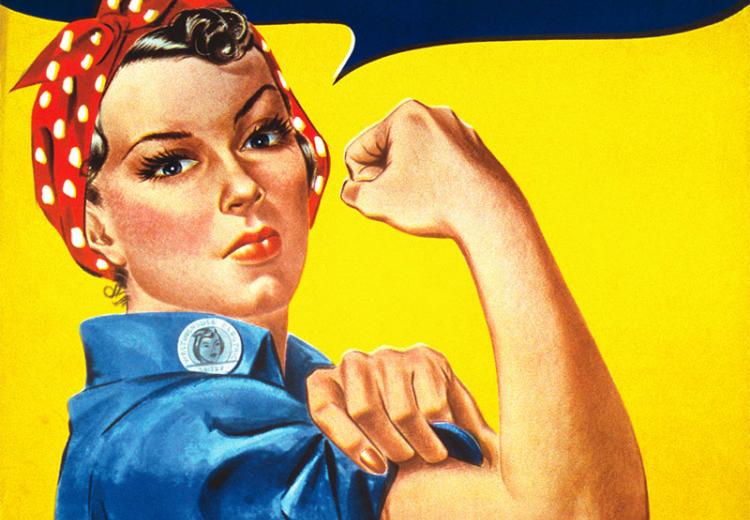On the Home Front

We Can Do It! Rosy the Riveter Poster.
On October 12, 1942, President Franklin D. Roosevelt declared, in one of his fireside chats to the American people, "This whole nation of 130 million men, women and children is becoming one great fighting force." The President made a point of including children and non-combatant women as part of the "fighting force." How did children and other non-combatants contribute to the war effort?
On November 8, 2001, President George W. Bush called on ordinary Americans "To serve by bettering our communities and, thereby, defy and defeat the terrorists." In the same speech, and at other times, the President suggested ways the children of the United States could contribute to the war effort.
Can the events of September 11, 2001, inspire us to get involved in, as President Bush said, "Renewing and reclaiming our strong American values?" What can we learn from the home front mobilization of World War II about how ordinary citizens can contribute? How can children participate?
Guiding Questions
During World War II, how did non-combatants contribute to the war effort?
How can young people make a significant contribution to the solution of our national problems?
Learning Objectives
List specific actions taken on the home front by non-combatants during World War II.
Discuss ways in which children have been and can be involved in a home front war effort.
Explain the connections between home front efforts and efforts on the battlefield.
Describe how posters were used to encourage home front efforts during World War II.
